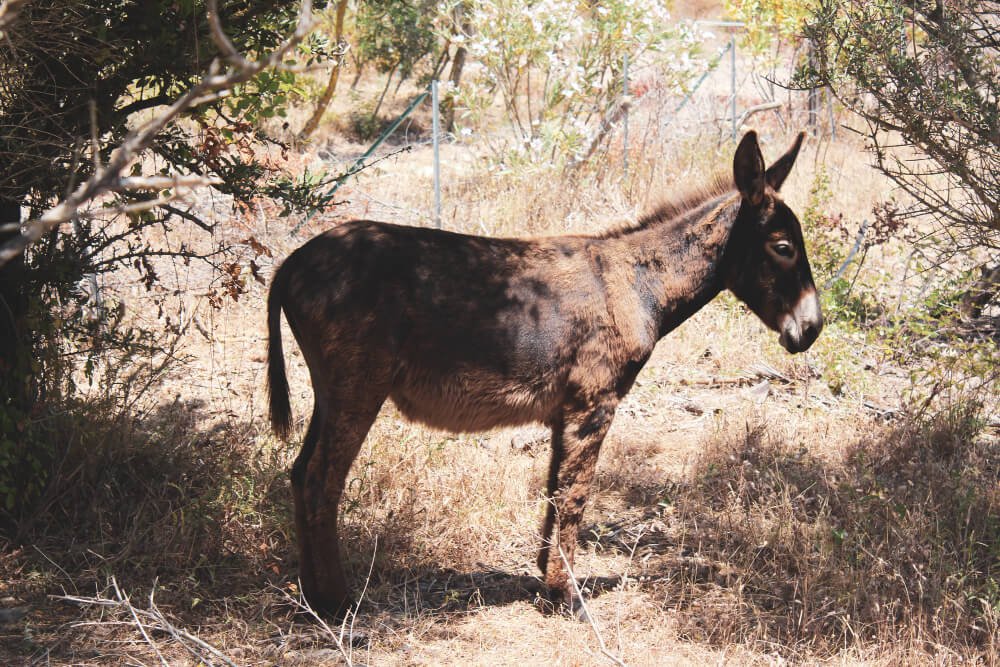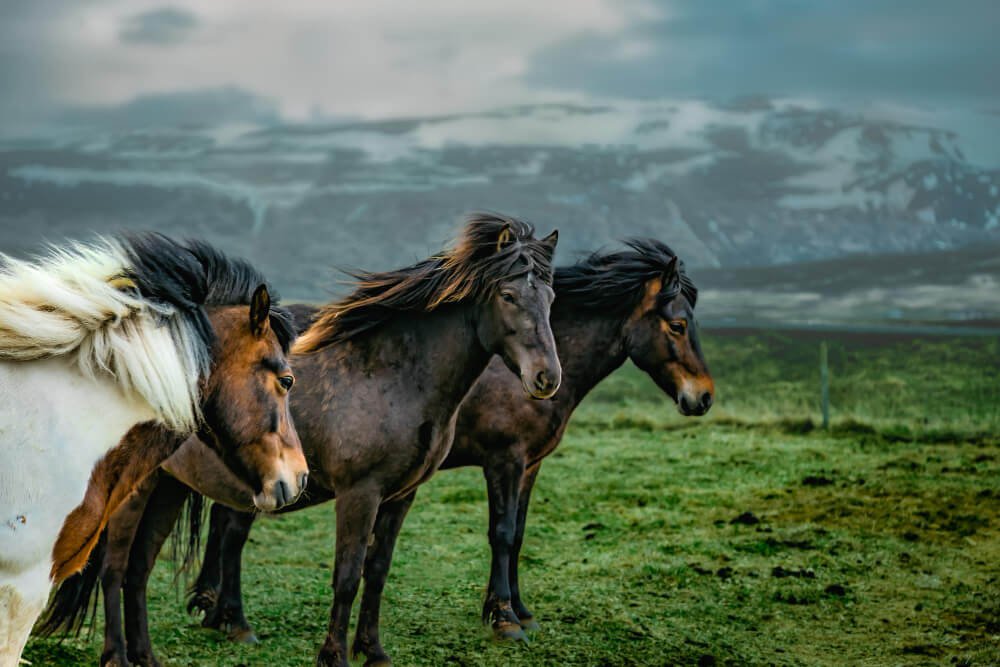Horses have been a major part of humans for a long time and always come in handy for different functions. Whether used for transportation, agriculture, or sports, their power and grace are admired by people worldwide. One fascinating aspect of these animals is the naming convention used to describe their various breeds and subspecies.
There are several species of horses, from domestic horses to wild horses and even Zebras. In this blog, we’ll explore seven scientific names of horses and their meanings.

Equus Ferus Przewalskii (Przewalski’s Horse)
The Przewalski’s horse, also known as P-horse, is the last surviving wild horse from which the domesticated horse originated. It is almost the same size as other related species like the plains zebra and African wild ass, but it has not been domesticated.
Przewalski’s horse has a stocky build with shorter legs and is smaller in size than its domesticated relatives. Its coat is generally dun, with markings of dark brown around the mane and pale brown on the flanks. The legs of the horse are faintly striped, typical of primitive markings.
The mane stands upright, and the tail is about 90 cm long, with a long dock and shorter hair than domesticated horses. The hooves of Przewalski’s horse are longer in the front and have significantly thicker sole horns than feral horses, adapted for better performance on various terrains.

Equus Africanus (African Wild Ass)
The African wild ass belongs to the Equidae family, the same as horses. It is considered the predecessor of the domestic donkey, which is sometimes classified as part of the same species.
These wild donkeys have short, sleek fur that is light gray to fawn in color and quickly fades to white on the belly and legs. All subspecies have a thin, dark dorsal stripe, while the Nubian wild ass and domestic donkey have a stripe across the shoulder. The legs of the Somali wild ass have black horizontal stripes resembling those of a zebra.
These donkeys have stiff, upright manes with black-tipped hairs on their neck. They have large ears with black margins and a black brush at the end of their tail. Their hooves are slender and have a diameter similar to their legs.

Equus Ferus Ferus (Tarpan)
The tarpan (Equus ferus ferus) refers to a population of free-ranging horses in the Russian steppe from the 18th to the 20th century. Whether these horses were wild, feral domestic, or hybrids is uncertain.
The last known tarpan died in captivity in the Russian Empire in 1909. The name “tarpan” comes from a Turkic language, meaning “wild horse.” Two tarpan subtypes have been suggested, the forest tarpan and steppe tarpan, although there are only minor differences between them.
Various coat color genotypes have been found in European wild horses, including the bay, black, and leopard complex. The dun gene, seen in Przewalski’s horse and creating the grullo or “blue dun” coat, is yet to be studied in European wild horses, but it is possible that some wild horses had a dun coat.

Equus Ferus Caballus (Domestic Horse)
The Equus ferus caballusis a hoofed mammal belonging to the Equidae family and is a subspecies of Equus ferus. Horses are domesticated animals, with some populations living in the wild as feral horses.
The height of a horse is measured at the highest point of the withers, which is a stable point of the anatomy. They have various coat colors and distinctive markings, often classified first by their coat color before breed or sex. White markings and spotting patterns are inherited separately from coat color. The size of horses varies by breed and is influenced by nutrition.
Light-riding horses typically range in height from 56 to 64 inches and can weigh from 380 to 550 kilograms. Larger riding horses are usually as tall as 17 hands, weighing 500 to 600 kilograms. Heavy or draft horses usually weigh about 700 to 1,000 kilograms.

Equus Africanus Asinus (African Wild Ass/ Donkey)
Being a horse family member, the Equidae, the domestic donkey, is closely related to the African wild ass. This animal has been proposed as either Equus asinus, a separate species, or Equus africanus asinus, a subspecies of the African wild ass.
Domestication of the donkey began in Africa about 5,000 to 6,000 years ago, and since then, it has served mostly as a laboring animal. Donkeys come in varying sizes depending on their breed and environmental conditions, with heights at the withers ranging from under 90 cm (35 in) to approximately 150 cm (59 in). Most donkeys exhibit dorsal and shoulder stripes, which are primitive markings that form a distinct cross pattern on their backs.

Equus Ferus Silvaticus (Forest Horse)
Black Forest horses are known for their beautiful and long flaxen mane and tail, contrasting with their rich chestnut coats ranging in tone from light to dark chocolate brown.
The most popular color is ‘Dunkelfuchs,’ which features a dark coat with a silvery mane. They have a light to midweight draught horse build with great strength and endurance, a short and strong neck, sloping shoulders, a muscular back and croup, and powerful hindquarters. Their legs have plenty of bone, no feathering, and big, solid hooves.
These horses usually stand between 14.2 and 15.3 hands high, live long lives, and have a gentle and patient temperament. They’re easy to maintain and were essential to countless generations of farmers, who relied on their hardiness and strong constitution to thrive even in harsh winters.
Conclusion
In conclusion, horses have been given various scientific names to categorize and identify their breeds and subspecies. Each designation may appear abstruse and unfamiliar, yet they play an indispensable role in examining and comprehending these creatures.
Every scientific title denotes the distinctive traits and characteristics of the equine it corresponds to, delivering a priceless perception of the animal’s anatomy and demeanor. By exploring the seven scientific names of horses discussed in this blog, we hope to have provided an interesting and informative look into the world of equine taxonomy.





Add comment